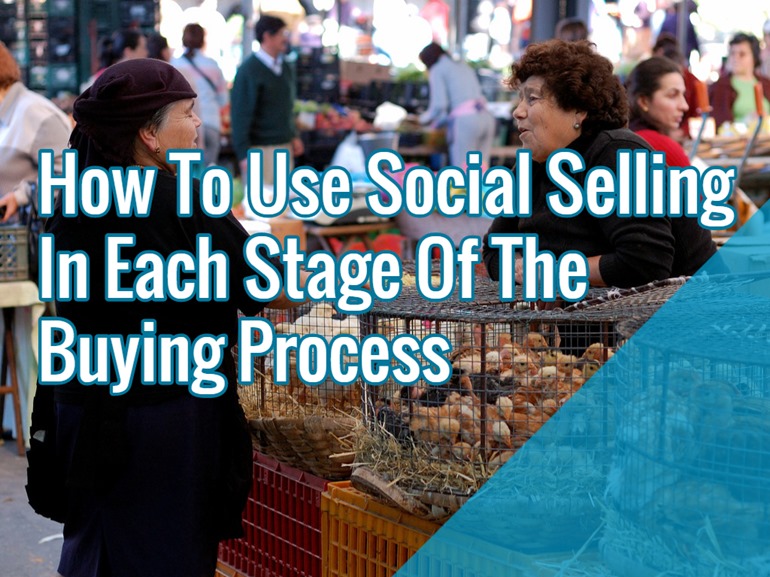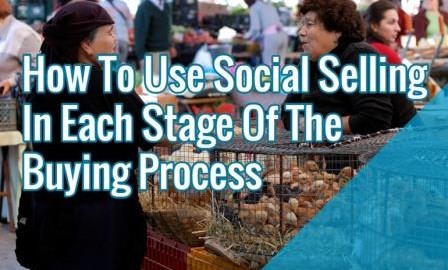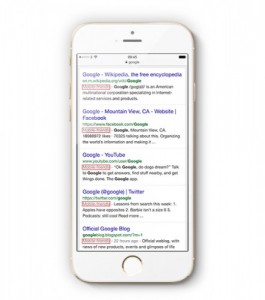By Brian Farrell January 1st, 2016

In a previous article, I shared the 5 Core Steps to Consultative Selling. The steps were:
- building rapport,
- conducting a needs analysis,
- crafting a solution,
- proposing / selling the solution,
- and then servicing the account.
Today, let’s look at each of those steps from a social selling perspective.
According to Forrester research, 74% of your sales process happens before a buyer calls you. These invisible sales stages, in which buyers initiate the selling process without calling on sales, gives them tremendous freedom to browse, learn, and compare without your influence. This customer-controlled, pre-selling environment has given rise to “social selling.”
So how do we apply social selling to each of the 5 core steps?
First, remember when building rapport, you’re trying to position yourself as an expert in your prospect’s mind. So get active on networks like Twitter and LinkedIn. Like, comment and share relevant articles. Award endorsements to your connections, create surveys and participate in groups. Your activity and interactions will provide all that’s needed to tell a potential client that you’re in the know.
Second, find the pain, problem or aspiration your client is looking to solve with a needs analysis. You can help by creating content such as informative whitepapers, videos and articles that answer predictable questions they may have. When brainstorming, just imagine your client is constantly asking you to “tell me more.” This could help spark plenty of content ideas.
Third, create the possibility of a solution to their problem by sending and sharing links to case studios, client testimonials and other supportive information. An email or series of emails triggered by a visit to particular page on your website could further the process. When sharing content, make sure to tag them on LinkedIn or include their Twitter handle. When you meet them in person to close the sale, reference again any relevant information you’ve posted or shared.
Fourth, get ready to close your sale. It’s at this stage you may hit resistance with pricing or timing objections. Have content at the ready – client success stories & interviews, lists you’ve created, and FAQs that you can reference online. Most objections are really masks for hidden questions such as “How will I benefit?” and “Will this impress the boss?” So have supporting materials at the ready.
Lastly, and often the most overlooked stage, is providing service after the sale. Create and share training materials, answer common client questions with a video message and certainly ask your clients to recommend you on social networks. Create a hashtag your clients could follow. Use an autoresponder series to help owners/buyers get the most out of their solution.
The great marketer Jay Abraham once said, “People are silently begging to be led. They are crying out to know more about a business’ product or service. When you educate your customers, you’ll see your profits soar.”
I don’t think there are better ways to educate your customers than with social selling. So practice everyday! Meet your prospects online, and like, share and comment on the information they want and need. You’re certain to see sales grow.
How To Use Social Selling In Each Stage Of The Buying Process
The post How To Use Social Selling In Each Stage Of The Buying Process appeared first on Search Engine People Blog.
(64)







